Manfrotto MK190XPRO4-BHQ2
Rated 4.00 out of 5 based on 3 customer ratings
$187.99
Get professional quality photos with the Manfrotto MK190XPRO4-BHQ2 tripod, designed to provide superior stability, flexibility and portability.
Description
As a photographer or videographer, having the right equipment is essential to producing high-quality content. One of the most important pieces of gear is the tripod, which provides stability and support for your camera. Manfrotto’s MK190XPRO4-BHQ2 tripod is a popular choice among professionals and enthusiasts alike, and for good reason.
Firstly, the Manfrotto MK190XPRO4-BHQ2 has a maximum load capacity of 7kg, making it suitable for most cameras and lenses. The tripod is made from durable aluminum and has four leg sections, which extend to a maximum height of 170cm. The legs can also be adjusted independently of each other, allowing for easy setup on uneven ground.
One of the standout features of the MK190XPRO4-BHQ2 is the center column mechanism. The column can be extended vertically or horizontally, thanks to an innovative mechanism that allows the user to move it from the vertical to the horizontal position without having to detach and reattach it. This feature is particularly useful for low-angle shots, as it allows you to get closer to the ground without having to crouch or kneel.
Additionally, the tripod’s ball head has a quick-release plate, which makes it easy to attach and remove your camera. The ball head also has a friction control knob that allows you to adjust the level of resistance the head provides when tilting or panning.
In terms of portability, the MK190XPRO4-BHQ2 is relatively lightweight for its size, weighing in at just over 2kg. The tripod also comes with a padded bag for easy and safe transportation.
Overall, the Manfrotto MK190XPRO4-BHQ2 is a versatile and reliable tripod that is ideal for a wide range of photography and videography applications. Its innovative center column mechanism, adjustable legs, and quick-release ball head make it a favorite among professionals and enthusiasts alike.
Aluminium, Magnesium Tripod, Tripod Head, Spirit level Ball Head, Quick Release, Maximum Height 172 cm
Manfrotto MK190XPRO4-BHQ2 properties
| Product name |
MK190XPRO4-BHQ2 |
| Type of Tripod |
Tripod, Tripod Head |
| Features |
Spirit level |
| Leg Sections |
4 Sections |
| Leg Lock Type |
Flip Lock |
| Tripod Head Features |
Quick Release, Spirit level |
| Suitable Usage |
Photo, Video |
| Tripod Head Typ |
Ball Head, Quick Release |
| Material |
Aluminium, Magnesium |
| Lowest Work Height |
8.0 cm |
| Maximum Height |
172.0 cm |
| Folded Length |
61.0 cm |
| Load Capacity |
7.0 kg |
| Weight |
2.55 kg |
Frequently Asked Questions:
What is the maximum height and minimum height my Manfrotto MK190XPRO4-BHQ2 tripod can reach with its center column extended or retracted?
The Manfrotto MK190XPRO4-BHQ2 tripod, when using the 804 head, has a maximum height of approximately 56.5 inches (1434mm) with the center column extended and the minimum height of approximately 27.1 inches (688mm) when the center column is retracted. The specific heights will depend on the exact setup you use, but these are typical values based on Manfrotto's specifications.
Question: How do I attach my camera to this tripod?
Attaching a camera to a tripod is an essential skill for photographers and videographers. There are several types of tripods available on the market, but the basic steps for attaching your camera are generally the same. Here's how you can attach your camera to a tripod:
1. Unpack your tripod and ensure all parts are included, such as the center column, legs, and head.
2. Assemble your tripod by attaching the legs to the base plate and extending the center column if necessary.
3. Place your camera onto the tripod's head or quick release plate. Make sure the tripod is stable before attaching your camera.
4. Secure your camera using the appropriate mounting bracket, screw, clamp, or quick release system. Consult your camera manual for specific instructions on how to attach it to the tripod.
5. Tighten any screws or locks to secure your camera in place. Make sure everything is properly balanced and level before taking pictures or recording videos.
6. Adjust the pan and tilt controls on the tripod head if necessary for optimal positioning of your camera.
7. Test out the stability of your setup by gently pushing down on the camera to ensure it doesn't move.
8. Once you're satisfied with the placement, tighten any remaining locks or clamps to secure everything in place.
Remember that different types of cameras may require specific tripods and attachments, so be sure to research the best options for your particular setup. Practice attaching and using your camera on a tripod before taking important shots or recording important videos.
How do I attach my camera to the tripod?
Attaching your camera to a tripod is an essential step for stabilizing your footage or capturing long-exposure shots. Here's how you can attach your camera to a tripod:
1. Loosen the tripod head's locking knob or lever, which secures the ball joint in place. Make sure to do this slowly and carefully to avoid accidentally dropping your camera. Position the tripod so that it is level and stable on a flat surface. Adjust the legs as needed for a firm foundation. Attach the tripod mount plate or quick release clamp to the bottom of your camera. Most DSLR cameras come with an attachment point called a "tripod socket" or "1/4-20" screw thread, which is specifically designed for attaching to a tripod. Slide the camera onto the mount plate or quick release clamp until it clicks into place securely. You may need to adjust the legs of your tripod to ensure that the camera is level. Align the ball joint of the tripod head with the mounting point on your camera's tripod socket. Gently press down on the tripod head until you hear a click, indicating that it has locked into place. Tighten the locking knob or lever on the tripod head to secure your camera in position. Make sure the lock is tight enough to prevent any movement but not so tight that it's difficult to adjust the angle of the camera. Check your camera settings to ensure you have the correct focus, exposure, and white balance for the shot you want to take. Press the shutter button or begin recording to capture your image or video. Remember to always follow safety precautions when working with tripods and cameras, especially near water bodies or in areas with uneven terrain.
How do I properly attach my camera to the quick release plate on the Manfrotto MK190XPRO4-BHQ2 tripod for stable and secure photography?
To attach your camera to the quick release plate on the Manfrotto MK190XPRO4-BHQ2 tripod, follow these steps:
1. Begin by attaching the quick release plate to the bottom of your camera using the appropriate screws or mounting points. Make sure that the plate is securely attached and centered on the bottom of the camera. Next, locate the quick release plate on the tripod head. The plate should snap into place when inserted into the appropriate slot on the head. If this is your first time using the head, you may need to adjust the tension knob to ensure a secure fit between the plate and the head. To attach your camera to the plate, align the two plates together and press down firmly. The quick release system should snap into place, securing your camera onto the tripod. Adjust the angle and position of the tripod legs as needed, using the various leg lock mechanisms to ensure a stable platform for your photography. When finished shooting, disconnect the camera from the plate by pressing the quick release button on the head. This will allow you to remove the camera quickly and easily without having to fumble with any additional attachments or connections. By following these steps, you can ensure that your camera is securely attached to the Manfrotto MK190XPRO4-BHQ2 tripod for stable and accurate photography results. Remember to always check the tightness of all connections before beginning your shoot to avoid any unexpected issues or mishaps.
The locking mechanism on my tripod won't stay locked when I'm using it with heavier cameras. Is this normal behavior and is there a way to prevent it from happening?
1. Material limitations**: Most tripods have a metal or plastic frame that's designed for general-purpose use. While they're sturdy enough for average cameras and lenses, they might not be able to handle excessive weight. Center of gravity**: When you attach a heavy camera or lens, the center of gravity shifts, putting additional stress on the locking mechanism. This can cause it to slip or release under load. Locking mechanism design**: Some tripods have a simple pin or lever-based locking system that might not provide enough clamping force for heavier loads. To prevent this from happening or at least alleviate the issue:
1. Use a heavy-duty tripod**: Consider investing in a sturdier, more robust tripod specifically designed for heavy equipment. These tripods often feature thicker legs and more substantial locking mechanisms. Add extra support**: You can use additional support materials like foam or rubber grips to help keep the camera secure on the tripod. This can provide an extra layer of grip and prevent slipping. Adjust your shooting technique**: When using heavy cameras, it's essential to adjust your shooting style to minimize the stress on the locking mechanism. This might involve being more gentle when handling the camera or adjusting the tripod's position to better balance the weight. Use a quick-release plate**: A quick-release plate can help distribute the weight of the camera more evenly across the tripod, reducing the strain on the locking mechanism. If you're still experiencing issues with your current tripod, consider contacting the manufacturer for assistance or exploring alternative solutions like using a dedicated heavy-duty tripod or a stabilizing device specifically designed for heavy cameras.
My head has been loose since I got it and no matter how tight I tighten the screw, the head still wobbles. Is there a problem with my tripod's design or is something wrong with mine?
I think there may be a slight misunderstanding here. A human head doesn't actually have a screw that can be tightened to keep it from wobbling. It's possible you're thinking of a different object, like a camera or a lamp, that might have a loose part that needs to be tightened. If you could provide more context or clarify what you mean by "my head has been loose," I'd be happy to try and help you troubleshoot the issue.
How do I adjust the head on my Manfrotto MK190XPRO4-BHQ2 tripod to accommodate for different types of cameras, such as a DSLR versus a mirrorless camera with a larger lens?
1. Check your camera's weight**: Before making any adjustments, make sure you know the weight of your camera and lens combination. You'll find this information in your camera's manual or on the manufacturer's website. Adjust the pan tension**: The pan tension is usually adjusted with a knob located at the base of the head. This will allow you to tighten or loosen the friction between the camera plate and the head, making it easier to level your shot. Use the quick release plate**: If you're using a DSLR with a standard lens, you can use the quick release plate that comes with the tripod. However, if you're using a mirrorless camera with a larger lens, you may need to remove the quick release plate and attach it directly to the head. Adjust the height of the camera**: If you're using a smaller camera or a lens with a shorter focal length, you can adjust the height of the camera by rotating the camera plate. This will allow you to get the perfect balance between your camera and the tripod. Consider using an additional quick release plate**: If you have multiple cameras or lenses that require different adjustments, consider investing in an additional quick release plate. This will save you time and hassle when switching between different configurations. Experiment with different settings**: The key to adjusting the head is experimentation. Don't be afraid to try different combinations of pan tension, camera height, and quick release plates until you find the perfect balance for your specific camera setup.
Before you buy Manfrotto MK190XPRO4-BHQ2
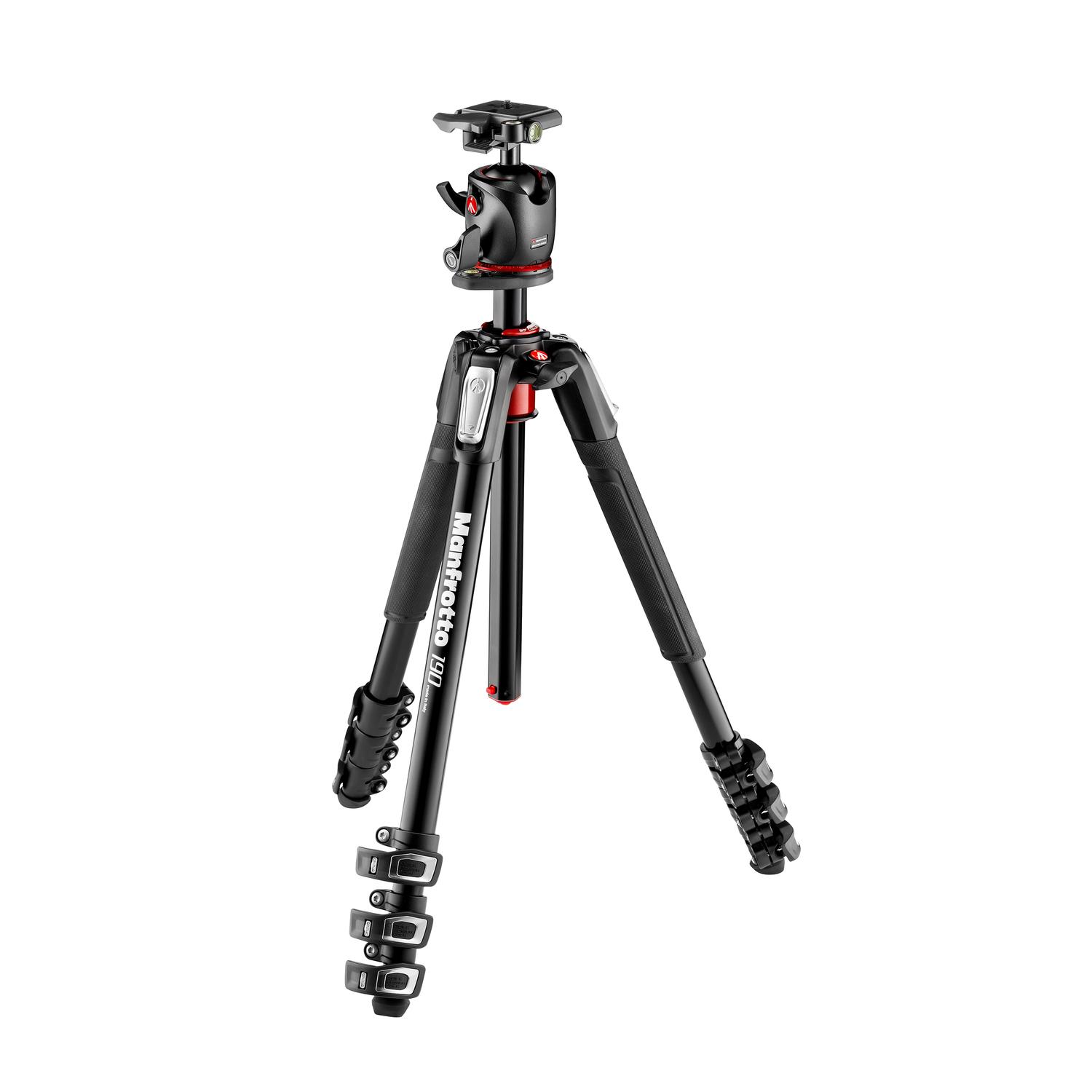



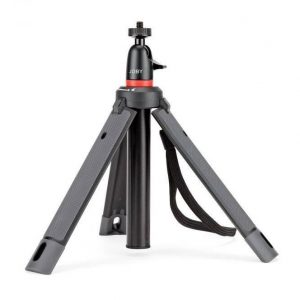
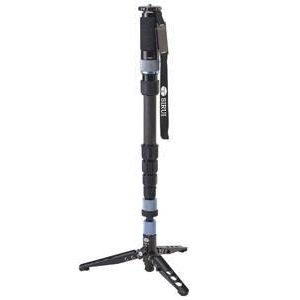
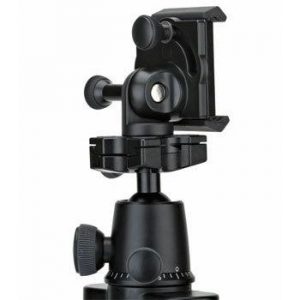
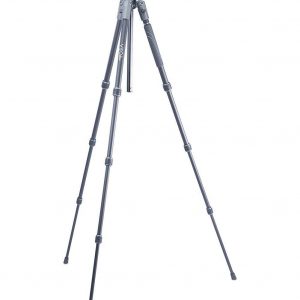
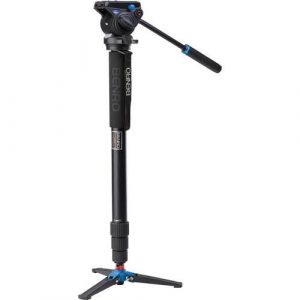
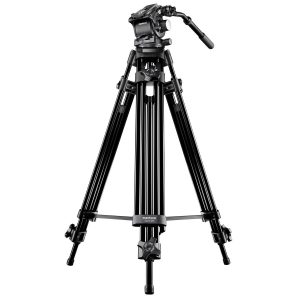
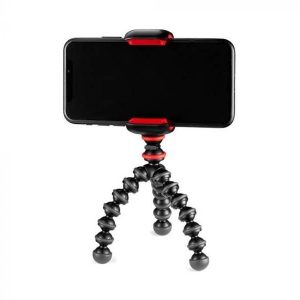
Sebastian Hill –
Goods as described. recommend
Leuca –
It should be said that quality must weigh. 3 kg with the head can be felt in the hands, but its capabilities compensate for everything.
After all, it is a recognized manufacturer with tradition.
The head is precise, and in combination with this tripod it gives you a lot of possibilities. The tripod is perfect for taking macro photos close to the ground. I recommend
Sawyer –
I recently purchased the Manfrotto MK190XPRO4-BHQ2 tripod, and I have to say, I’m not too impressed. For starters, at 2.55 kg, this thing is heavy. I knew it would be on the heavier side, but I didn’t expect it to be this cumbersome.
The product name was what initially drew me to this tripod. Manfrotto is a well-known brand in the photography world, and I had heard good things about their tripods. However, compared to other tripods I have used in the past, this one fell short.
In terms of functionality, the MK190XPRO4-BHQ2 is decent. It has a few features that I appreciate, such as the ability to angle the legs and extend the center column. But overall, I find it to be finicky and difficult to use.
As for the delivery process, there were no issues. I ordered the tripod online and it arrived in Tulsa within a few days. But even a smooth delivery can’t make up for the fact that this tripod just doesn’t meet my expectations.
Overall, I would rate the Manfrotto MK190XPRO4-BHQ2 tripod a 2 out of 5. While it has some redeeming qualities, it just doesn’t measure up to other tripods on the market.